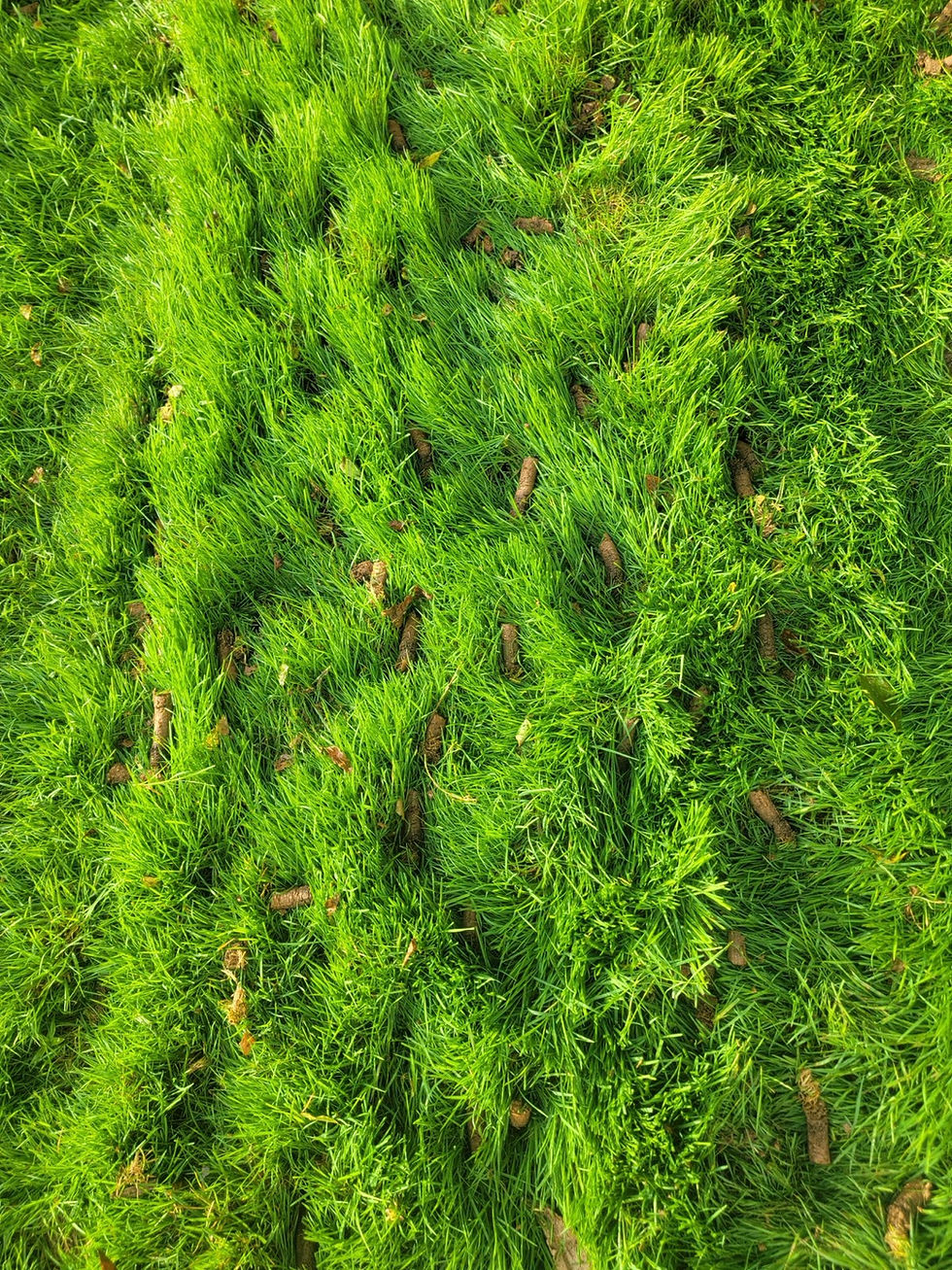Putting Your North Carolina Lawn to Bed: Winter Prep Tips for Tall Fescue and Bermuda
- sqclawncare
- Nov 4
- 3 min read
As the temperatures drop and the days shorten, it’s easy to forget about your lawn. However, preparing your grass before the chill of winter sets in is one of the most important steps for ensuring a healthy, lush yard come spring. In particular, Tall Fescue and Bermuda, two popular grass types in the region, require specific seasonal care. With the right winter lawn tips, you can protect your investment and help your yard thrive year after year.
At Sawyer’s Quality Cuts, we’ve seen firsthand how proper seasonal preparation makes all the difference. Whether you’re working with cool-season Tall Fescue or warm-season Bermuda, a thoughtful plan will help your North Carolina lawn survive the colder months and bounce back beautifully.

Understanding Your Grass Types
Before you can give your lawn the right winter prep, it’s important to understand how Tall Fescue and Bermuda grass differ.
Tall Fescue: A cool-season grass that thrives in fall and spring. It tolerates cold weather well but can struggle in the heat of summer. Winter is a time when Tall Fescue rests but still benefits from preparation.
Bermuda: A warm-season grass that loves summer heat. It goes dormant and turns brown during the colder months, but with the right care, it will return thick and green when temperatures rise.
Each grass type has unique needs, and your winter routine should take both into account if your yard includes these varieties.
Winter Prep Tips for Tall Fescue
Tall Fescue stays somewhat active in the cooler months, which means it requires more winter care than Bermuda. Here are some steps to follow:
Fertilize in the fall: Apply a nitrogen-rich fertilizer in late fall to strengthen roots and prepare the grass for colder weather.
Overseed if necessary: Bare or thin patches should be overseeded before winter to ensure a thicker lawn in the spring.
Keep mowing until frost: Continue mowing as long as the grass is growing. Set blades high to avoid cutting too short, which can stress the grass.
Rake regularly: Removing fallen leaves prevents them from smothering the grass and encourages airflow.
Water during dry spells: While cooler temperatures mean less watering, Fescue can still benefit from occasional hydration if the weather is dry.
These steps will help Tall Fescue maintain its health through winter and return stronger in spring.
Winter Prep Tips for Bermuda
Unlike Tall Fescue, Bermuda grass will go dormant in the colder months. The goal here is to protect the root system so it can flourish again when warm weather arrives.
Apply winter fertilizer: A potassium-rich fertilizer helps strengthen roots and prepare Bermuda for dormancy.
Scalp before winter dormancy: Lower the mower height slightly during the last cut of the season to reduce thatch buildup.
Control weeds: Dormant Bermuda is vulnerable to winter weeds. Apply a pre-emergent herbicide in late fall to keep them in check.
Avoid overwatering: Since Bermuda is dormant, it doesn’t need much water. Occasional hydration may be necessary during extended dry periods.
Protect from traffic: Limit foot traffic and heavy equipment on dormant Bermuda, as it can damage the grass crown and slow spring recovery.
By caring for Bermuda before and during dormancy, you’re ensuring a quicker, healthier comeback when temperatures warm.
General Winter Lawn Tips
No matter which grass type you have, there are universal steps every homeowner in North Carolina should consider:
Aerate the soil in the fall to improve oxygen and nutrient absorption.
Clean up debris like branches, leaves, and thatch to prevent mold and disease.
Maintain your lawn equipment so it’s ready for spring.
Monitor for pests that might survive through winter months.
At Sawyer’s Quality Cuts, we often remind homeowners that small steps in the colder months can save significant effort and costs later on.

Preparing Your North Carolina Lawn for Spring Success
Taking the time to put your lawn to bed properly during the winter months is one of the smartest things you can do for long-term yard health. With Tall Fescue, preparation focuses on feeding and maintaining active growth through cooler temperatures. With Bermuda, the emphasis is on protecting the grass during its dormant stage.
Both approaches share one goal: ensuring that your yard emerges green, thick, and beautiful once spring arrives. By following these practical winter lawn tips, you’ll not only safeguard your investment but also make the growing season far more rewarding.
If you want extra guidance or professional support, reach out to Sawyer’s Quality Cuts for personalized care that fits your lawn’s unique needs. With expertise in both Tall Fescue and Bermuda, we can help you put your North Carolina lawn to bed and wake it up ready to thrive.







